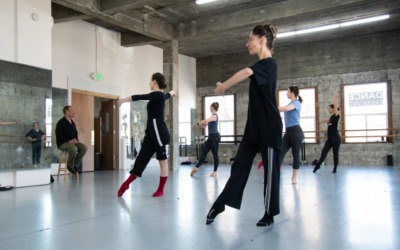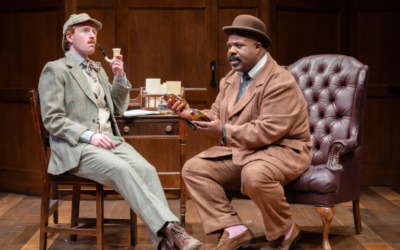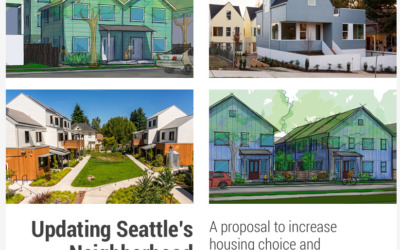Seattle Department of Transportation is encouraging neighborhoods to apply for funding to paint a street mural. SDOT says the intersection paintings can slow down traffic when there are no stop or yield signs, and helps bring neighbors together to plan and create the mural.
SDOT’s Street Use department needs to approve the design and permitting.
(A) neighborhood must first pick a location. This can be a mid-block location on a non-arterial street or non-arterial intersection. SDOT must review the location and make sure a street mural or painted intersection is feasible, making sure there are no existing traffic control devices nearby, such as stop signs, crosswalk, or traffic circles. Once approved, residents can work on a design for the intersection, creating a “to-scale” drawing. When complete, residents can submit the to-scale drawing for approval. Getting the design approved can take up to two weeks. If the design is rejected by SDOT, it must be reworked, which could add another two weeks for review once submitted a second time.
Sixty percent of residents in the petition area need to agree to the painting. For more information, click here.
One Phinney Ridge neighbor says he’d like to see an intersection painting at North 76th Street and 6th Avenue NW, next to the 6th Avenue NW Pocket Park (also known as “Our Park.”)

Matt Landry, who researches urban planning and revitalization at the University of Washington, shared with us a position paper he wrote on the subject. You can read his full article here.
Here is an excerpt:
When I arrived in Seattle three years ago, I encountered traffic circles at four way neighborhood intersections for the first time. Coming from Maine, I was used to seeing only stop signs at these intersections. Over time, I have grown used to these circles and have really come to appreciate them. However, I was perplexed by intersections that have neither stop signs nor traffic circles. I am concerned about these “ghost” intersections because I have witnessed firsthand an accident at one in West Seattle, which involved a two car collision. Cars often drive through these intersections without even slowing down and seem to lack awareness of other cars or pedestrians that may be approaching.
There is one intersection in particular that I always approach cautiously, both by car and by foot. This intersection happens to be located right outside of my front door at NW 76th and 6th Avenue NW in Greenwood. I originally felt that the best way to alleviate this safety concern was with another traffic circle. However, after reading Alyse Nelson’s article on intersection repair, I was convinced that a painted image at an intersection can help slow traffic, provide a safer environment for drivers and pedestrians, and can enhance a sense of community.
Intersection repair is a term given to the movement which focuses on painted designs at neighborhood intersections and other community place-making activities that originated in Portland, Oregon and since appearing in other parts of the country including New York, Los Angeles, St. Paul, and Seattle. These painted designs make the intersection a public space which gives residents an enhanced sense of place. Consequently, cars approach the painted design cautiously, and the imagery serves as a traffic calming device.
The Greenwood intersection at NW 76th Street and 6th Avenue NW is an ideal location to create an intersection repair especially due to its unique characteristics. First, it is one of the few four-way intersections in the neighborhood without a traffic circle on a non-arterial road. Second, 6th Avenue NW is a wide street creating a larger intersection which provides more risk to drivers and pedestrians alike. Third, a wide intersection like this can better accommodate a larger, painted image such as the lady bug in the Wallingford Neighborhood. Fourth, there is an existing community space at the intersection in the form of the 6th Avenue NW Pocket Park. This park was developed with a large amount of community involvement and is the focal point of community activities such as children’s activities, theatrical productions, and live music. An intersection repair would be the next logical extension of the park and in the process enhance a sense of safety surrounding that park.




